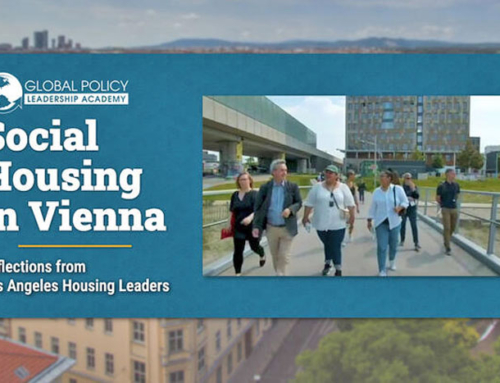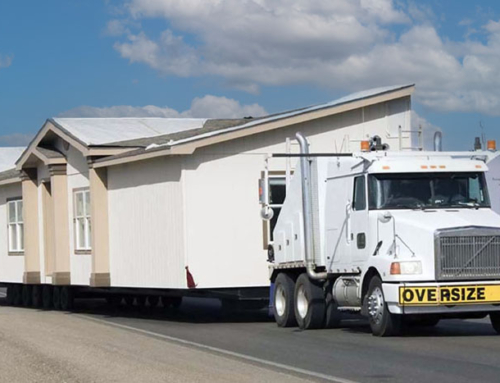On June 27th, Governor Newsom signed Senate Bill 101—the Budget Act of 2023, which includes funding for housing and homelessness and for transportation. Along with the budget, the Legislature sent 20 trailer bills to the Governor, including a “budget bill jr.” that makes changes to SB 101. The approved budget, which went into effect on July 1st, maintains funding for most housing and homelessness programs but does not provide ongoing funding or significant funding increases. For transportation, the Governor and Legislature reached agreement last week on a budget that provides $5.1 billion in emergency relief to support public transit and its workers.
Here are highlights of the budget as it relates to housing, homelessness, and transportation programs.
Housing and Homelessness
Funding for housing and homelessness programs are included in multiple areas of the State budget, with the lion’s share of funding in the Business, Consumer Services, and Housing Agency. A housing trailer bill, Assembly Bill 129, was presented to the Governor for signature on June 29th and includes statutory changes that are intended to facilitate the implementation of the housing and homelessness funding included in the budget.
Key appropriations for 2023-2024 are highlighted below. Note that these are new General Fund allocations; the budget includes significantly more in special funding for housing and homelessness.
Affordable Housing
- $500 million for the State Low-Income Housing Tax Credit Program
- An additional $100 million for the Multi-Family Housing Program (for a total of $325 million)
- $250 million for Adaptive Reuse
- $225 million for the Infill Infrastructure Grant Program
- $200 million for the California Dream for All Homeownership Program
- $100 million for the Portfolio Reinvestment Program
- $82.5 million for the Foreclosure Intervention and Housing Preservation Program
- $75 million for the State Excess Sites Program
- $50 million for the Accessory Dwelling Unit Grant Program
- $50 million for the CalHome Affordable Housing Retention and Rehabilitation Program
- $27.5 million for the Joe Serna, Jr. Farmworker Housing Grant Program
- $15 million for the Multifamily Seismic Retrofit Matching Grant Program
- $1.4 million for the Housing Strike Force to cover the costs of litigation related to housing production and planning.
Homelessness Response and Prevention
- $1.1 billion for Round 5 of the Homeless Housing, Assistance, and Prevention (HHAP) Program. Includes intent language for a Round 6 of HHAP funding. Repurposes $170 million of HHAP bonus funding for the Homekey Program, which will be available on a competitive basis to HHAP-eligible jurisdictions. Requires regional planning and includes accountability measures for local jurisdictions for homeless programs, including HHAP.
- $50 million for the Veterans Housing and Homelessness Prevention Program
- $43 million for the Transitional Housing Program
- $20.6 million for Caltrans to fund the removal of hazardous material from encampments.
- $3.3 million for the California Advancing and Innovating Medicare (CalAIM) Program
Student Housing
- $300 million per year for six years, from FY 2023-24 through FY 2028-29, for the California Student Housing Revolving Loan Fund, which provides zero-interest loans to qualifying campuses of the University of California (UC), the California State University (CSU), and the California Community Colleges (CCC) for construction of affordable housing projects. The General Fund will pay for the debt service on these bonds.
- Makes changes to the Higher Education Student Housing Grant Program, and includes:
- $450 million in FY 2023-24 and $95.4 million in FY 2024-25 for affordable student housing sponsored by CCCs.
- Shifts $655 million in current and planned General Fund support for CSU affordable housing student grants to CSU-issued bonds.
- Shifts $437 million in current and planned General Fund support for UC affordable housing student grants to UC-issued bonds.
Transportation
The budget includes $5.1 billion in funding for transit across three budget years—FY 2023-24 through FY 2025-26, with 100% flexibility for capital and operations expenditures. Of the total, $4 billion in General Funds go to the California State Transportation Agency for the Transportation and Intercity Rail Capital Program and $1.1 billion for the Zero Emission Transit Capital Program. The State will have until September 30th to finalize guidelines that determine how funds will be allocated.
All funding is contingent on meeting specified accountability provisions as outlined in Senate Bill 125, the trailer bill for transportation, which was presented to the Governor for signature on June 28th. These accountability measures include reports to the Legislature on the use of funds with the purpose of ensuring the stability of public transit systems and long-term operations that meet the needs of the transit-riding public. In addition, a new Transit Transformation Task Force will be established to provide recommendations to the Legislature on how to encourage transit ridership by the fall of 2025.











